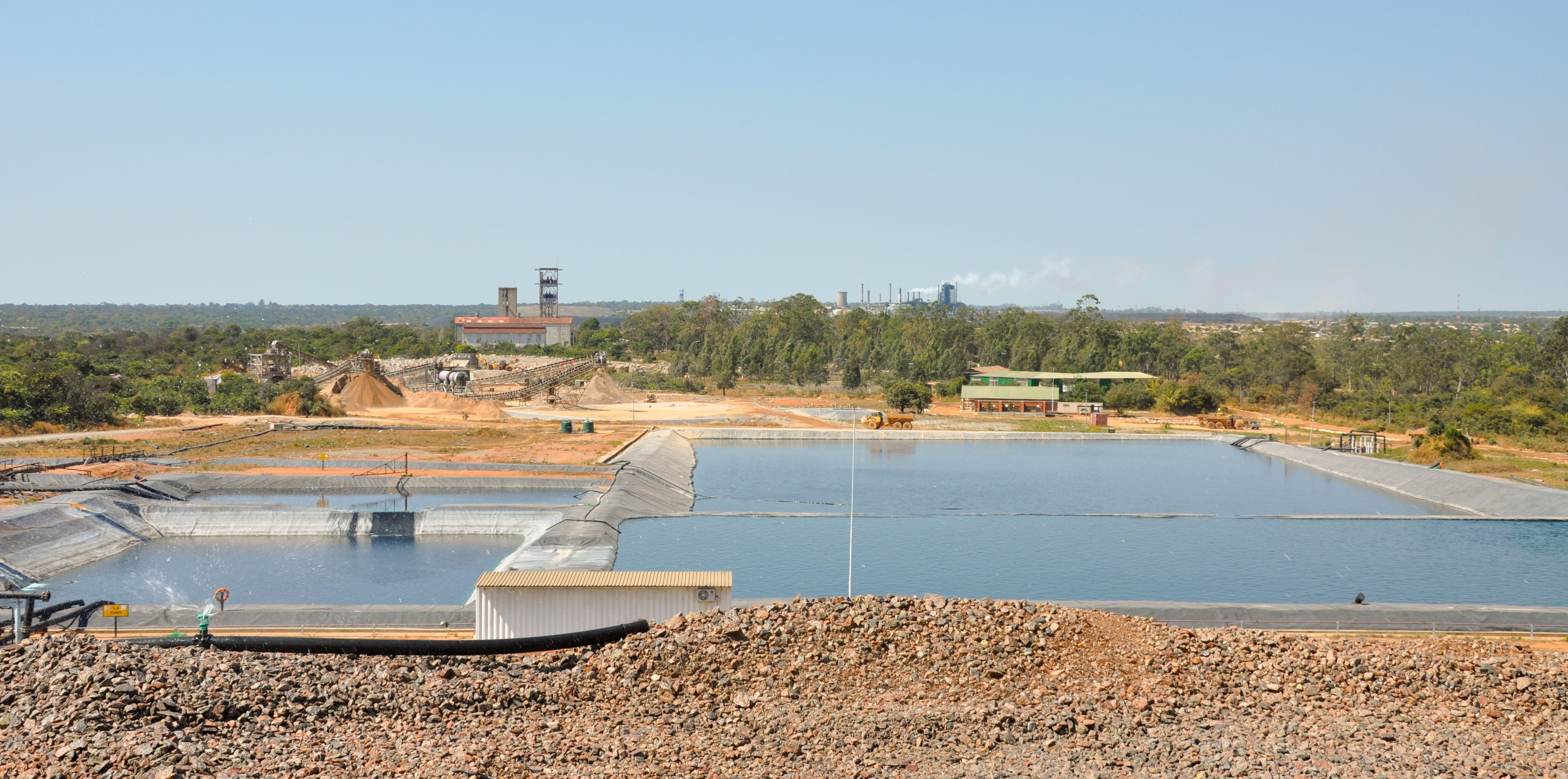Research Brief
Mining as a spur to regional growth and industrial development in southern Africa
Driven by rapid growth in mining and related infrastructure investment, exports of machinery and equipment from South Africa to other Southern African Development Community (SADC) countries more than quadrupled from 2003 to 2013. Growth has, however, since slowed due to a more subdued commodity price environment, exposing differences in mining capacities, knowledge, and demand across southern African countries. A lack of coherence and clear policy objectives related to mining and industrial development in the region poses difficulties. Despite these challenges, ample potential for growth remains in the region — a regional system of innovation to share strengths and knowledge would help realize this potential.
Mining capacities, knowledge, and demand vary across countries in southern Africa
Countries’ current policies focus on the national level with little attention to regional integration and in some cases conflict
With its existing capabilities, South Africa could act as a catalyst for regional mining and industrial development
Partnerships needed to build regional capacity
Partnerships are urgently needed between and across countries to build capabilities as well as to leverage existing knowledge and problem-solving skills. Natural resource policies related to mining have tended to focus on the national level, yet existing opportunities are principally regional in nature. Southern Africa is blessed with both substantial endowments of valuable mineral resources and advanced capabilities in resource extraction, including specialized mining equipment manufacturing. Yet, the most promising endowments of mineral resources are located outside of South Africa while the strong capability base is located in South Africa.

Partnerships can help realize this regional potential and develop location- and situation-specific solutions for the mining industry. A regional system of innovation, supported by research and training institutions, would address problems through adaptation and customization, linked to skills and design.
South Africa could act as a catalyst
South Africa is currently the hub for mining machinery and services in southern Africa and the country accounts for a large share of mining-related imports by countries in the region (Table 1). For South African equipment manufacturers and service providers, exports account for a substantial share of output (equivalent to around 75%). Given the ongoing decline of mining in South Africa essentially due to resource exhaustion, the mining equipment and services industries are likely to become even more dependent on export markets. In this vein, original equipment manufacturers (OEMs) of mining capital equipment in South Africa have taken up regional strategies.

South Africa also has a developed national system of innovation in mining capital equipment and engineering services. As such, it could provide the base for the development of a regional system of innovation to meet the growing needs of local countries and provide the foundation for the lateral growth of capabilities in capital equipment and mining-related services in the region.
The country further provides expertise with three centres for public mining-related research, housed at the Council for Scientific and Industrial Research, MINTEK, and universities, including the South African Minerals to Metals Research Institute — a collaboration between universities and industry. With universities in neighbouring countries weakening over time, South Africa could help shape a regional system that capitalizes on existing strengths while expanding opportunities for all.
Challenges faced in Zambia and Zimbabwe
Both Zambia and Zimbabwe have had established mining inputs clusters but have lost capacity over the past two or three decades. Greater emphasis is being placed in Zambia on supplying the old and new Copperbelts using local content, which requires price competitiveness and productive capacity. There is potential to create a regional hub in the country linked to the South African cluster — something already recognized by, for example, Toyota and Hitachi.
In Zimbabwe, policies have led to an overall flight of skills and capital. The country’s central concern is indigenizing mining itself and not on supply industries. Regional co-operation could help address these challenges.
Building a regional system of innovation
To build a regional system of innovation for capital equipment and engineering services for mining, policies must target regional capabilities and industrial development.
Mining policies should move away from national-level concerns and shift towards building stronger regional linkages
A regional system of innovation for capital equipment and engineering services would both support and prime private investment by, for example, OEMs
This regional innovation system should also build institutional capacity through collaboration and seek to mobilize finance for complementary cluster initiatives
Institutional collaborations between South African institutions and partners in other countries can rebuild capacity in research institutes and universities to address science, technology, engineering and maths (STEM) disciplines. In the relatively near term, development finance and support for complementary cluster initiatives could be employed to build a regional hub in Zambia linked to the cluster in South Africa.
 Join the network
Join the network